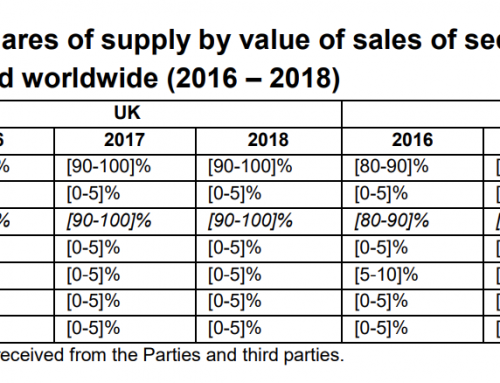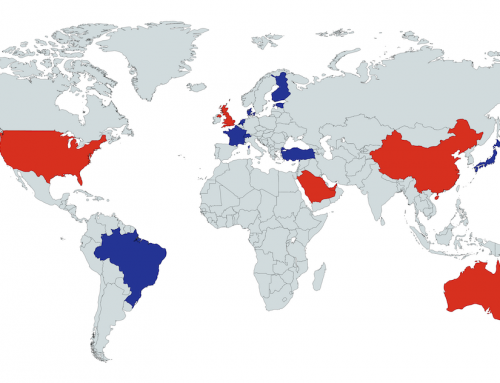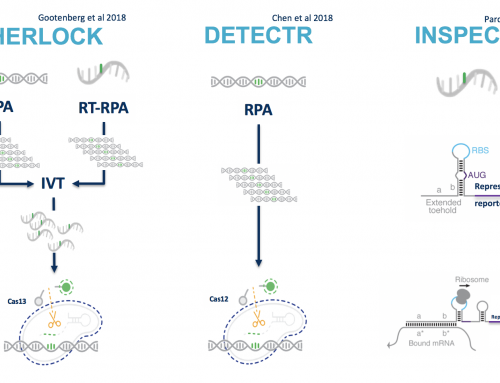Last month Nature published a paper that revealed what many scientists knew or suspected. Cancer cell lines evolve very quickly due to positive clonal selection driven by cell culture conditions. And that this is likely the reason why the same cell line used in different labs can generate wildly varying results. Natures Editorial said the work highlights “a staggering amount of variation”. See: Ben-David et al: Genetic and transcriptional evolution alters cancer cell line drug response. Nature 2018.
The work performed at The Broad Institute was not conceptually difficult and it made use of some pretty standard methods. But it resulted in a Nature paper for the simple reason that this is a paper every researcher using cell lines (cancer or otherwise) should read and consider.
What did they find: Comparison of data on cell lines shared across the Broad’s “Cancer Cell Line Encyclopedia” and Sanger’s Genomics of Drug Sensitivity in Cancer” showed significant variability between what should have been the same cell line. This was not cell line mixup in this instance but variability coming from genetic drift between “strains” in different labs, or from different times.
The figures from the paper below show how copy number profiles are more similar for cell line “strains” that are closely related, how CNV varies across the pairs of Broad/Sanger cell lines, and how variable copy number of inmportant cancer genes can vary.
What is the impact: The paper reports data from simple measures like doubling time, which varied by up to 3.5 fold. Scarily the impact on response to drugs was astounding. Many of the compounds tested revealed that at least one strain was entirely resistant – resistant to a drug that has been published as somewhat effective. This is the reproducibility crises laid bare!
What can you do: The Broad have release the Cell STRAINER tool (https://cellstrainer.broadinstitute.org), where you can upload segmented copy number data and measure your strain’s genetic distance from a reference. Why not have a go yourself. Hopefully the authors will follow up in a year and let us know how many people bothered to look, and how variable results were.











Leave A Comment